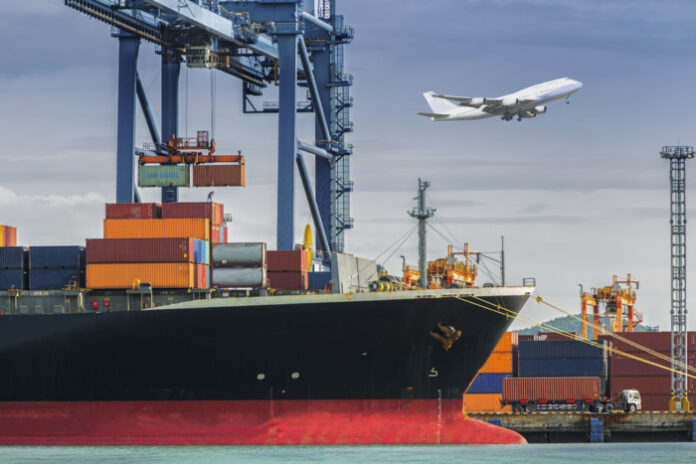Shipping goods internationally can be a complicated process. Different shipping methods offer different benefits and drawbacks, and it is sometimes challenging to decide which one is the best for your needs. This blog post will take a detailed look at LCL shipping and explain how it works. By understanding the process, you can make an informed decision about whether this shipping method is suitable for your business.
LCL shipping, also known as less than container load shipping, is a type of shipping method used for transporting smaller shipments that would not fill an entire container. This type of shipping consolidates the goods with other shipments in a shared container. This can be a cost-effective option for businesses that do not have enough goods to fill an entire container. It is important to note that LCL shipping has some disadvantages, such as longer transit times and potential damage to goods during consolidation.
The first step in LCL shipping is creating a shipment. The shipper provides the freight forwarder with information about the cargo, including the goods’ dimensions, weight, and value. The freight forwarder uses this information to determine the total cost of shipping the goods. Additionally, the shipper will need to provide a packing list that details the contents of each box or crate. This is important because it will be used to consolidate the shipment.
Once the shipment has been created, the freight forwarder will begin the consolidation process. This involves combining the shipper’s goods with other shipments bound for the same destination. The freight forwarder will carefully pack the goods into containers to protect them during transit. It is important to note that this process can add to the transit time, as the freight forwarder will need to wait for all shipments to be consolidated before sending them out.
After consolidation, the shipment transports to the port of departure. The freight forwarder will take care of all the paperwork and documentation required for export. Once everything is in order, the shipment will load onto a container ship and transport to the destination port.
The shipment will go through customs clearance upon arrival at the destination port. The freight forwarder will take care of all necessary paperwork and documentation. Once everything clears, the shipment will deliver to the consignee.
What are the benefits of LCL shipping?
- Cost-effective: LCL shipping can be a cost-effective option for businesses that do not have enough goods to fill an entire container. For instance, Dedola LCL shipping rates are highly competitive. This could be the perfect solution for businesses that are just starting and do not have large shipments.
- Flexible: LCL shipping is a flexible option because it allows businesses to ship smaller quantities of goods. This is often beneficial for businesses with fluctuating inventory levels or just starting and do not have a large volume of goods to ship.
- Convenient: LCL shipping is a convenient shipping method because it does not require the shipper to have a lot of space for storing goods. The freight forwarder will take care of consolidation, so the shipper only needs to provide the freight forwarder with the goods’ dimensions, weight, and value.
What are the disadvantages?
- Longer transit times: One of the disadvantages of LCL shipping is that it can take longer for the shipment to reach its destination. This is because the freight forwarder must consolidate the shipment with other shipments bound for the same destination. Additionally, customs clearance can add to the transit time.
- Potential damage to goods: Another disadvantage of LCL shipping is the potential for damage to goods during consolidation. This is because the goods pack into containers with other shipments. If the goods are not properly packed, they could be damaged during transport.
- Limited tracking: One final disadvantage of LCL shipping is that it can be difficult to track shipments. This is because the freight forwarder will typically use one master bill of lading for all consolidated shipments. This can make it difficult to track individual shipments.
LCL shipping is a popular option for businesses that need to ship smaller shipments. It is important to understand the process and disadvantages of this shipping method before deciding if it is right for your business. By learning about LCL shipping, you will be able to make an informed decision about whether it is the best option for your needs.
Find a Home-Based Business to Start-Up >>> Hundreds of Business Listings.

















































